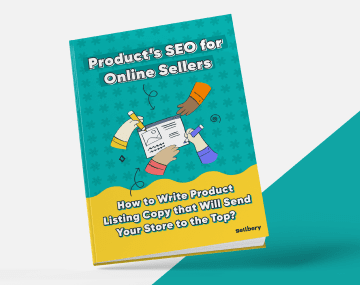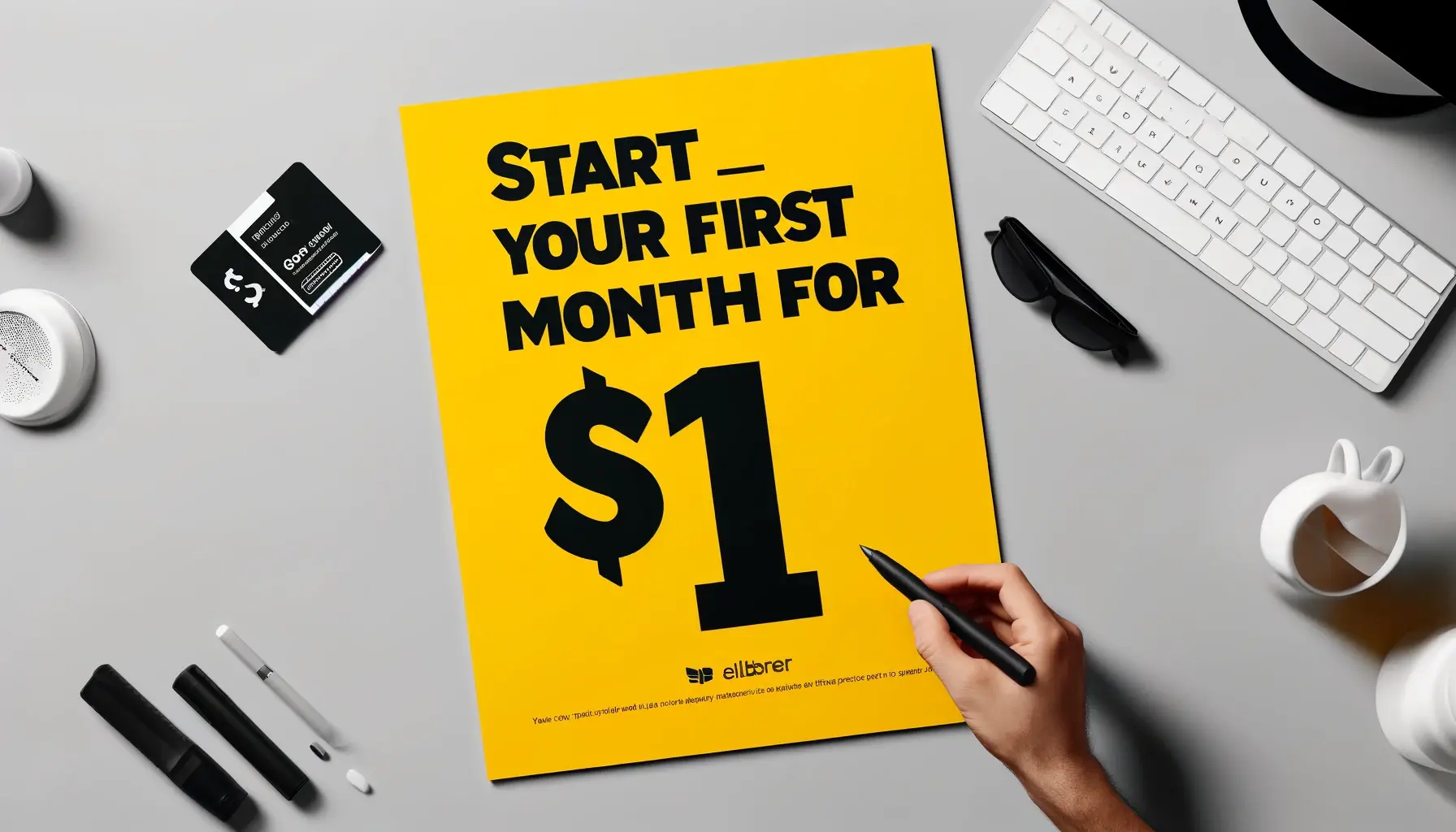
Craft TikTok ads that captivate in moments. Use emotional, concise storytelling and native visuals to convert fleeting attention into lasting engagement.
In a media landscape saturated with content and fleeting attention spans, the ability to craft TikTok ads that demand attention is both an art and a science. On TikTok, stories are abbreviated, emotionally charged, and designed for immediate impact. Brands looking to compete in this environment must master not only the platform’s aesthetics but also the underlying psychology that makes a viewer pause, engage, and act. Scroll-stopping narratives don’t just sell products—they invite users into an experience, creating memorable moments in mere seconds.
To succeed, marketers need to reverse-engineer the patterns of virality without losing the authenticity TikTok thrives on. It’s no longer enough to repurpose creativity from other platforms; TikTok has developed a storytelling language of its own. From its use of music and trends to its preference for raw, unpolished visuals, effective storytelling on TikTok requires a blend of intuition, data, and cultural fluency. At the center of this is the ability to create a compelling arc in under 30 seconds—a challenge that traditional advertisers are only beginning to embrace.
This article explores how to develop TikTok ad stories that not only stop the scroll but also convert. Each section will explore an essential component of this storytelling process, offering a playbook for brands seeking to thrive on one of the fastest-growing platforms in digital media.
Understanding the TikTok User Mindset
At the heart of TikTok’s power lies a uniquely immersive user experience. Unlike other platforms where users passively consume content from people they follow, TikTok thrives on a dynamic algorithm that introduces viewers to new content creators with every scroll. This means that even small brands and unknown creators have the opportunity to go viral if their content strikes the right emotional chord. However, this same randomness creates an environment of high competition, where every second counts in earning the viewer’s attention.
The typical TikTok user is not looking for polished advertisements or overt marketing. Instead, they’re seeking entertainment, relatability, and authenticity. TikTok functions as both a discovery engine and a social mirror, reflecting what resonates in real time. Users scroll rapidly, but once hooked, they’re highly engaged. This makes the platform fertile ground for storytelling that feels organic and unforced. To succeed, advertisers must tune into the rhythm of the feed and understand how their message can fit naturally within it.
Marketers must consider not just what their audience wants to see, but how they want to feel. Emotional resonance, surprise, humor, and raw honesty perform better than polished visuals or scripted ads. Many successful campaigns have emerged from understanding how storytelling intersects with the impulsive, curiosity-driven behavior that characterizes TikTok engagement. Recognizing this psychological underpinning allows brands to create ads that feel native, not intrusive.
Building a Narrative Within Seconds
The challenge with TikTok ads is not just what story you tell—it’s how quickly you can tell it. Unlike traditional platforms, TikTok allows only a narrow window, often less than three seconds, to capture attention before the user scrolls on. This means that every ad must open with a hook that instantly engages, whether through a visual surprise, a provocative statement, or a question that demands a response. Without a gripping start, even the most polished ad will fail to make an impact.
Once the hook is set, a clear, concise structure is key. The best-performing TikTok ads mirror the classic storytelling arc: setup, tension, and resolution. But within TikTok’s compressed timeframe, these elements must unfold with efficiency and precision. Consider how a narrative can be conveyed through a character’s facial expression, a short spoken phrase, or a rapidly unfolding sequence of actions. Brevity forces clarity, and clarity drives retention.
For those looking to refine this skill, there are established frameworks for crafting short-form video that converts. Developing effective narrative strategies and compelling user-generated content is essential for maximizing the impact of TikTok ads. Learning how to embed storytelling in such a compressed format empowers marketers to create content that feels native to the platform while driving engagement and conversions.
The Role of Emotion in TikTok Storytelling
Emotion is the invisible driver behind nearly every high-performing TikTok ad. Whether it’s joy, nostalgia, frustration, or empowerment, emotional content consistently captures more attention and drives stronger engagement. Unlike longer-form media, TikTok demands that emotion be front-loaded. Ads that succeed often begin in the middle of a moment—crying, laughing, yelling, or reacting—and immediately invite viewers to feel something, even before they fully understand the context.
This emotional immediacy does not require big production budgets or professional actors. In fact, many of the most impactful TikTok ads rely on ordinary people expressing real reactions. The power lies in the rawness. Authenticity, expressed through tone of voice, body language, and relatable situations, helps users feel connected to the story being told. Emotion humanizes the message and often makes the brand secondary to the experience.
However, emotional storytelling should always serve a strategic purpose. It should reinforce the product’s value proposition or build affinity with the brand identity. A well-crafted ad doesn’t just make the viewer feel—it links that feeling with a behavior, such as clicking through to learn more or making a purchase. Emotion should be a bridge between attention and action, turning fleeting interest into lasting engagement.
Structuring for the Algorithm
While creativity is the soul of a great TikTok story, structure is its skeleton. The platform’s algorithm favors engagement signals like watch time, replays, shares, and comments. This means that storytellers must think algorithmically, designing their narratives to spark interaction. One strategy is to create narrative tension that builds curiosity—unresolved questions, surprising turns, or an open-ended scenario that invites users to comment on their theories or interpretations.
Length also plays a critical role. Although TikTok ads can be up to 60 seconds, the sweet spot is often between 15 and 30 seconds, balancing narrative depth with audience attention spans. The algorithm rewards content that keeps users watching until the end or replaying to catch details they missed. Therefore, every second must count, and pacing is essential. Effective TikTok ads employ editing techniques like jump cuts, fast transitions, and rhythmic visuals that match the platform’s fast-paced energy.
Structuring the algorithm also means tapping into ongoing trends without losing your brand voice. Memes, audio tracks, and challenges can serve as scaffolding for storytelling, providing familiarity that draws users in. However, the best ads reinterpret trends through the lens of the brand’s message rather than mimic them blindly. This fusion of trend awareness and original narrative structure is what makes TikTok storytelling both powerful and scalable.
Visual Storytelling That Stops the Scroll
In a platform dominated by vertical video, the visual impact of a TikTok ad is immediate and unavoidable. Users make snap judgments within a fraction of a second, often based solely on what they see. That’s why successful TikTok storytellers treat every frame like a billboard. Bold visuals, expressive faces, unusual camera angles, and vibrant colors all work together to make content visually arresting. These elements act as the first filter—getting someone to stop long enough to hear the story.
Yet visual storytelling goes beyond aesthetics. Every frame should advance the narrative, not just decorate it. In TikTok ads, props, environments, and even text overlays play integral roles in conveying plot, tone, and emotion. Strategic use of on-screen captions or bold text can highlight key moments or reinforce messaging, especially when users watch without sound. Meanwhile, transitions between scenes—when done creatively—can drive momentum and enhance the immersive experience.
Creators should also be aware of platform-native quirks. For example, aligning the subject’s eye line with the front-facing camera mimics FaceTime-style intimacy, making the ad feel personal and direct. Similarly, matching the beat of a trending song with visual cuts can amplify both emotion and retention. These aren’t just stylistic choices; they’re tools for embedding the story within the TikTok ecosystem in a way that feels both native and distinctive.
Leveraging Character and Voice
A story is only as strong as the voice that tells it. In TikTok ads, this voice often comes through a central character—whether a brand ambassador, a satisfied customer, or a relatable persona crafted for the platform. These characters act as the audience’s emotional entry point, making abstract value propositions feel tangible and personal. When a user sees someone like them experiencing a product, trust is built quickly and organically.
Voice also manifests in tone and perspective. TikTok storytelling benefits from conversational language, unexpected phrasing, and personality. Whether it’s snarky, vulnerable, educational, or confessional, the tone should match both the story being told and the audience it’s targeting. The most memorable ads are not just seen but heard—users remember the way something was said, the rhythm of a voiceover, or the way humor was delivered.
Character and voice don’t just convey the message—they become part of the brand identity. When a brand consistently uses a particular voice or character across multiple TikTok ads, it creates recognition and continuity. This doesn’t mean being repetitive; it means building a universe of narratives that feel cohesive. Over time, audiences come to associate certain storytelling traits with the brand, deepening engagement and increasing recall.
Measuring Impact and Iterating
Creating a scroll-stopping story is only half the battle. The other half is knowing how to measure its impact and refine future efforts. TikTok provides a suite of metrics—from view duration to conversion rates—that can offer insight into which elements of a story resonate and which fall flat. Smart marketers treat each ad not just as a campaign, but as a test, learning from every interaction to sharpen their approach.
Analysis should go beyond surface-level stats. For instance, if an ad gets high impressions but low engagement, the hook may be strong but the story lacks follow-through. If viewers drop off early, pacing or clarity might be the issue. By segmenting metrics and aligning them with specific narrative decisions—such as visual style, voiceover tone, or emotional beats—brands can draw meaningful conclusions that fuel improvement.
Iteration is central to success on TikTok. The platform’s fast content cycle rewards agility. Brands that produce frequently, test ideas, and refine based on performance data can evolve their storytelling over time. What works one month may not work the next, and being willing to adapt ensures long-term relevance. In a space where trends shift daily, the brands that endure are those who treat storytelling as an ongoing conversation rather than a one-time pitch.
By understanding the nuances of TikTok’s culture, structure, and audience expectations, marketers can craft stories that not only interrupt the scroll but command attention and drive results. It’s a medium that demands creativity, clarity, and connection—qualities that, when executed well, can elevate a brand from mere presence to true influence.
Was this news helpful?







 Yes, great stuff!
Yes, great stuff! I’m not sure
I’m not sure No, doesn’t relate
No, doesn’t relate



